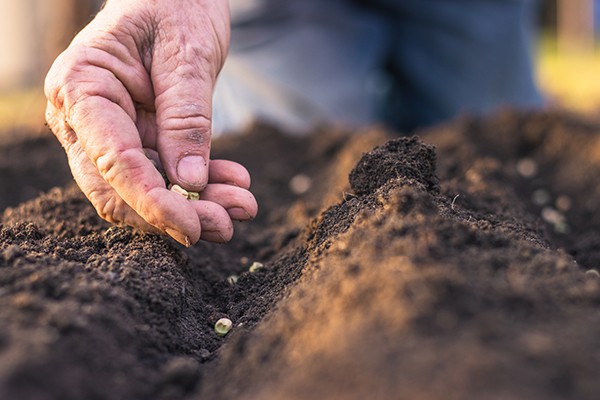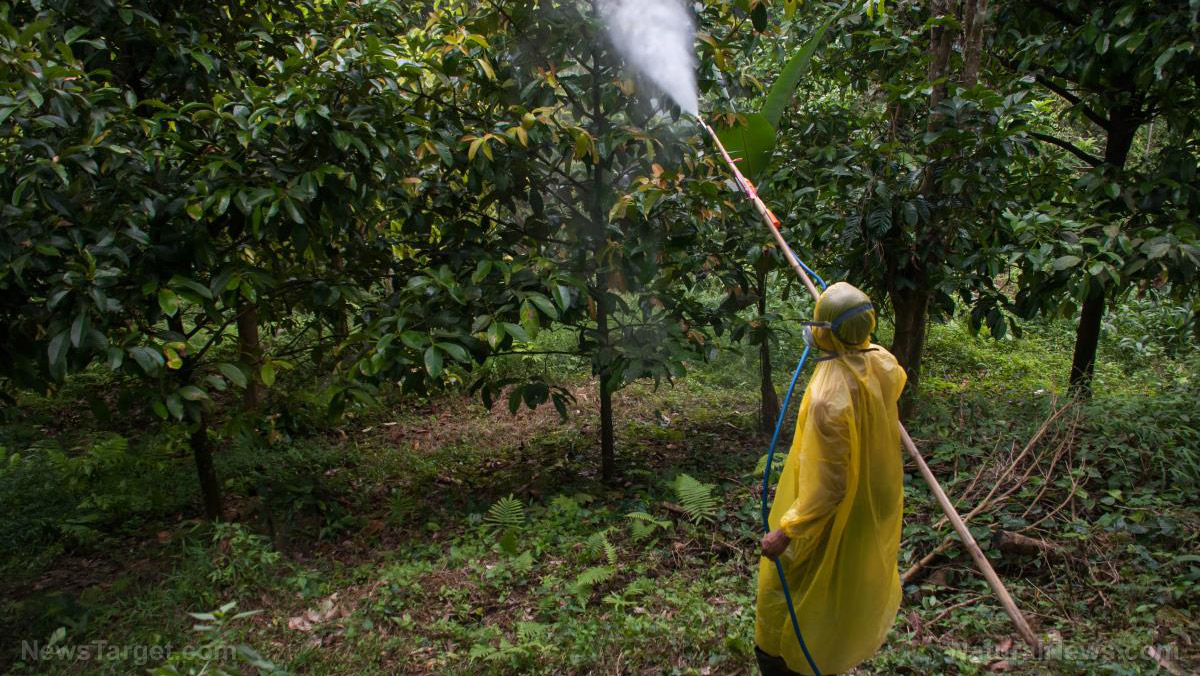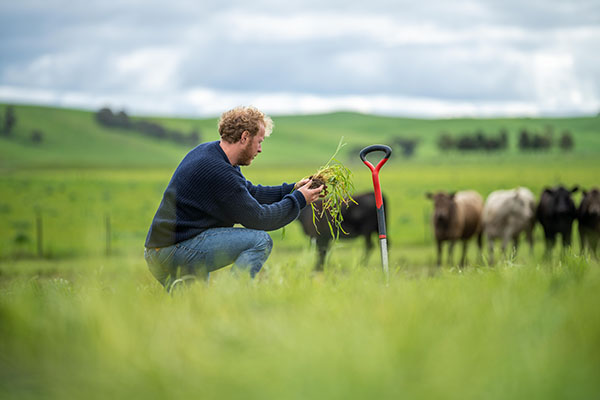- The book "Climate Prediction and Agriculture" addresses global food security challenges by exploring the intersection of climate science and farming. It offers strategies to mitigate climate change impacts, using case studies and technological innovation to guide agricultural adaptation.
- The authors highlight the multifaceted nature of climate variability, which involves temperature, rainfall, oceanic-atmospheric phenomena (e.g., El Niño) and land surface interactions. Improved climate models and dynamic land-atmosphere schemes are advocated for accurate predictions.
- Proposed solutions include: tailoring crop breeding via GIS and climate-specific modeling, reviving early yield assessment techniques combined with modern forecasts and case studies (e.g., Ghana, South Africa) that would demonstrate practical applications of seasonal climate forecasts for crop management.
- Key projects like AGRIDEMA (EU-funded) and web-based disease forecasting systems (e.g., Fusarium Head Blight predictions) showcase how technology bridges research and practical farming needs, enhancing decision-making and disease control.
- The book underscores the need for stakeholder collaboration, accessible climate information (e.g., Uganda surveys) and scientific innovation to build resilient agricultural systems in the face of climate uncertainty.
The book "
Climate Prediction and Agriculture," edited by Mannava VK Sivakumar and James Hansen, emerges as a crucial guide for understanding and addressing global food security challenges.
As farmers worldwide grapple with the unpredictable nature of weather patterns, the question of how to adapt and thrive becomes paramount. This book delves into the heart of this issue, exploring the intersection of climate prediction and agriculture and offering insights into how science and technology can help mitigate the climate impacts on food production. Through a series of case studies, expert analyses and innovative strategies, the authors provide a roadmap for navigating the complexities of climate variability in agricultural contexts.
The book begins by setting the stage with a detailed exploration of climate variability, emphasizing that it is not merely about
temperature fluctuations or rainfall patterns. Instead, it encompasses a wide range of factors, including oceanic-atmospheric phenomena like El Niño and local land surface conditions. These elements create a complex interplay that significantly influences agricultural productivity. The authors argue that to effectively predict and respond to these changes, it is essential to develop more sophisticated climate models that accurately represent the Earth's surface and its interactions with the atmosphere.
One of the key strategies proposed is the development of dynamic land surface schemes in climate models. By improving the representation of land-atmosphere interactions, these models can provide more accurate forecasts, enabling better agricultural planning. Additionally, the book advocates for the adaptation of crop models to reflect the realities of farming in a changing climate, taking into account factors such as soil health, water availability and crop genetics.
A significant portion of the book is dedicated to exploring innovative approaches to making agriculture more resilient to climate variability. One such approach is the use of Geographic Information Systems (GIS) and crop models to tailor breeding strategies. By understanding the specific climate challenges faced by different regions, breeders can develop crop varieties that are better equipped to withstand stressors like drought and heat.
The authors also highlight the importance of revisiting early crop yield assessment techniques. By integrating these methods with modern climate forecasts, farmers can make more
informed decisions about planting and harvesting, ultimately leading to improved yields and reduced risk.
The book provides several compelling case studies that illustrate the practical applications of climate prediction in agriculture. For instance, researchers in Ghana found that by analyzing rainfall trends and using crop models, they could predict the impact of different ENSO phases on crop yields. This information proved invaluable for farmers, allowing them to adjust their planting and harvesting schedules to maximize productivity.
In South Africa, a study demonstrated the potential of seasonal climate forecasts to predict regional-scale crop yields. By simulating crop yields based on climate forecasts and downscaling methods, researchers were able to provide farmers with valuable predictions that informed their management decisions.
The book also delves into the topic of climate information for food security, drawing on surveys conducted in Uganda. These surveys revealed that while farmers rely on traditional indicators, they are also receptive to scientific forecasts, provided they are tailored to their needs and presented in an accessible manner.
One of the most intriguing aspects of the book is its discussion of technological innovations aimed at improving agricultural outcomes. The AGRIDEMA project, an EU-funded initiative, is highlighted as a model for promoting the use of climate and crop simulation models in agricultural decision-making. By fostering collaboration between researchers and practitioners, the project aims to bridge the gap between scientific knowledge and practical application.
Another groundbreaking development discussed in the book is the creation of a web-based system for forecasting disease epidemics. Using Fusarium Head Blight of wheat as a case study,
researchers developed a model that uses weather data to predict disease outbreaks. This system has the potential to revolutionize crop disease management, providing farmers with early warnings and enabling more targeted and timely interventions.
"Climate Prediction and Agriculture" is a comprehensive and insightful exploration of the challenges and opportunities presented by climate variability in agriculture. The book emphasizes the importance of collaboration, innovation and a deep understanding of the needs of farmers and other stakeholders. By harnessing the power of climate science and technology, the authors argue, we can build a more resilient and sustainable agricultural future.
Learn more about "
Climate Prediction and Agriculture" by watching the video below.
This video is from the
BrightLearn channel on Brighteon.com.
Sources include:
Brighteon.ai
Brighteon.com
 Parler
Parler Gab
Gab










